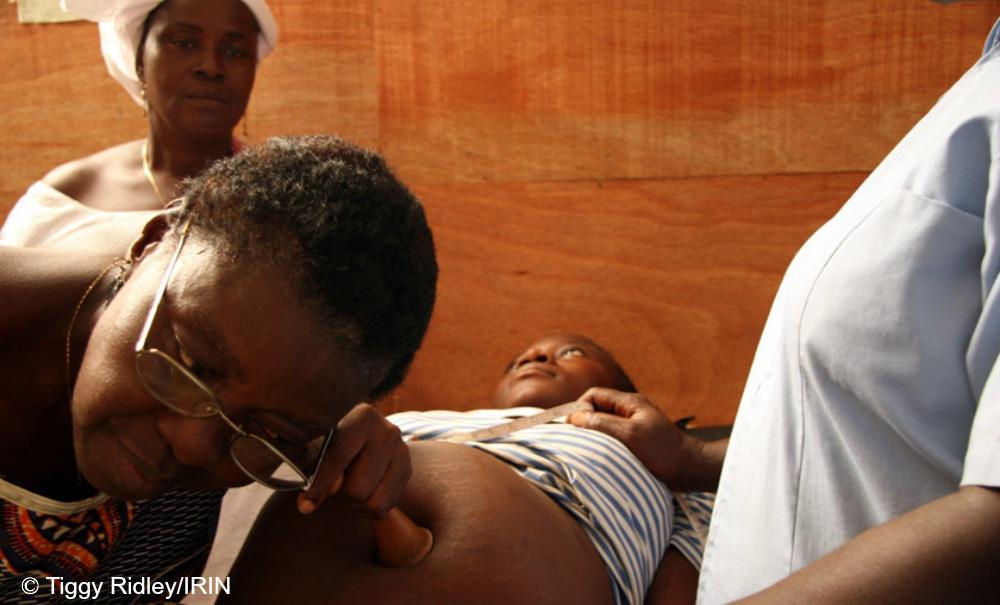New data shows country may see decline in new HIV cases


New data released at the recent Southern African HIV Clinicians Conference showed that a much higher percentage of antiretroviral (ARV) patients are receiving HIV viral load tests than previously thought. The results of these tests show that, on average, South Africans on ARVs are better controlling the virus, which may lead to fewer new infections, according to Wendy Stevens, head of National Health Laboratory Services’ (NHLS) National Priority Programmes Unit.
Department of Health 2013 figures argued that fewer than half of all patients on ARVs received a viral load test but Stevens said that viral load tests are under-reported. She added that in 2014, the NHLS has conducted about 2.7 million viral load tests for the country’s estimated 2.4 million ARV patients.
These tests also show that the national proportion of patients with an undetectable – or extremely low – viral load rose steadily between 2004 and 2010. While this proportion dipped in 2011, the latest available data from 2012 shows that 72 percent of ARV patients have undetectable viral loads.[quote float=”left”]In 2014, the NHLS conducted about 2.7m viral load tests for the country’s estimated 2.4m ARV patients
Measuring the amount of HIV in a patient’s blood, viral load testing is the quickest and most reliable way to check whether ARV patients are adhering to treatment or have developed ARV resistance.
“What’s been interesting is to watch the reduction of community viral loads with time,” Stevens told Health-e News. “What we can say is that there is better wellness and less viral loads in communities than there was previously.”
Clinical trial have also shown that people with lower HIV viral loads are less likely to transmit the virus to others, leading Stevens to suggest that growing proportions of patients with viral loads in the hundreds could lead to fewer new infections.
She also added that patients are starting ARV treatment much earlier at higher CD4 counts, which measure of the immune system’s strength.
In 2004, South Africa had an ARV CD4 count initiation threshold of 200 and the typical patient started ARVs at about a CD4 count of 123.
By 2012, national guidelines called for patients to initiate ARVs at a CD4 count of 350. While the average CD4 count of patients starting ARVs had risen to 211, it was still far below the ARV initiation threshold, according to data presented by Stevens on the last day of the conference.
The Treatment Action Campaign has called for government to publicly report provincial and district viral load reports to allow civil society to track South Africa’s HIV response. Currently the NHLS generates viral load data at national, provincial and facility levels. It is currently in the process of mapping this data to alert government to poorly performing areas. – Health-e News Service.
Author
Republish this article
This work is licensed under a Creative Commons Attribution-NoDerivatives 4.0 International License.
Unless otherwise noted, you can republish our articles for free under a Creative Commons license. Here’s what you need to know:
You have to credit Health-e News. In the byline, we prefer “Author Name, Publication.” At the top of the text of your story, include a line that reads: “This story was originally published by Health-e News.” You must link the word “Health-e News” to the original URL of the story.
You must include all of the links from our story, including our newsletter sign up link.
If you use canonical metadata, please use the Health-e News URL. For more information about canonical metadata, click here.
You can’t edit our material, except to reflect relative changes in time, location and editorial style. (For example, “yesterday” can be changed to “last week”)
You have no rights to sell, license, syndicate, or otherwise represent yourself as the authorized owner of our material to any third parties. This means that you cannot actively publish or submit our work for syndication to third party platforms or apps like Apple News or Google News. Health-e News understands that publishers cannot fully control when certain third parties automatically summarise or crawl content from publishers’ own sites.
You can’t republish our material wholesale, or automatically; you need to select stories to be republished individually.
If you share republished stories on social media, we’d appreciate being tagged in your posts. You can find us on Twitter @HealthENews, Instagram @healthenews, and Facebook Health-e News Service.
You can grab HTML code for our stories easily. Click on the Creative Commons logo on our stories. You’ll find it with the other share buttons.
If you have any other questions, contact info@health-e.org.za.
New data shows country may see decline in new HIV cases
by lauralopez, Health-e News
October 3, 2014



